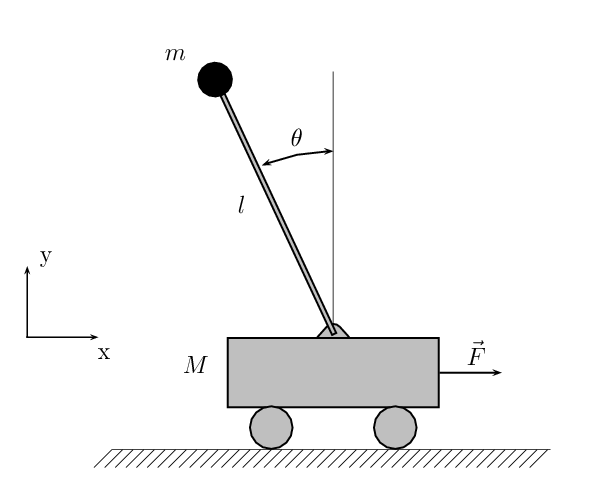Film Study for Research
Research ability, like most tasks, is a trainable skill. However, while PhD students and other researchers spend a lot of time doing research, we often don’t spend enough time training our research abilities in order to improve. For many researchers, aside from taking classes and reading papers, most of our training is implicit, through doing research and interacting with mentors (usually a single mentor–our PhD advisor or research manager). By analogy, we are like basketball players who somehow made it to the NBA, and are now hoping that simply playing basketball games will be enough to keep improving.
Drawing on this analogy, I want to talk about two habits that are ubiquitous among elite athletes, that have analogs in research that I feel are underutilized. Those who do pursue these habits as PhD students often improve quickly as researchers.
Read more